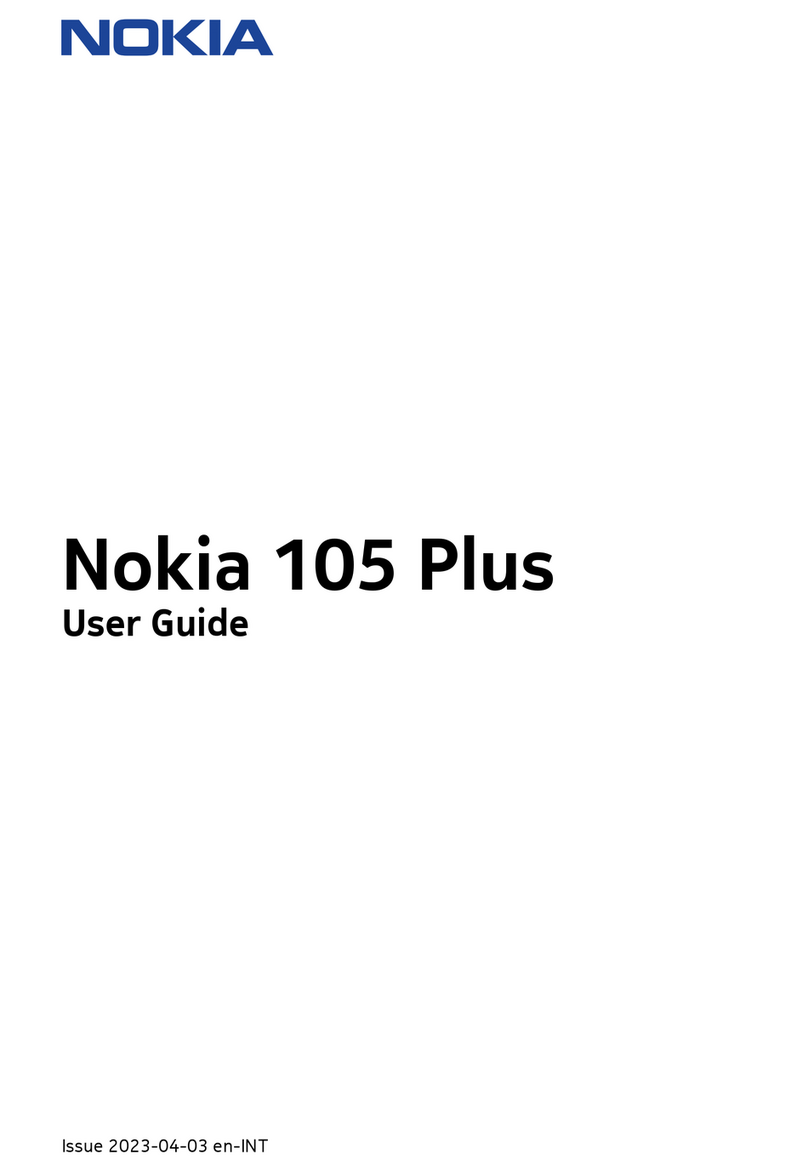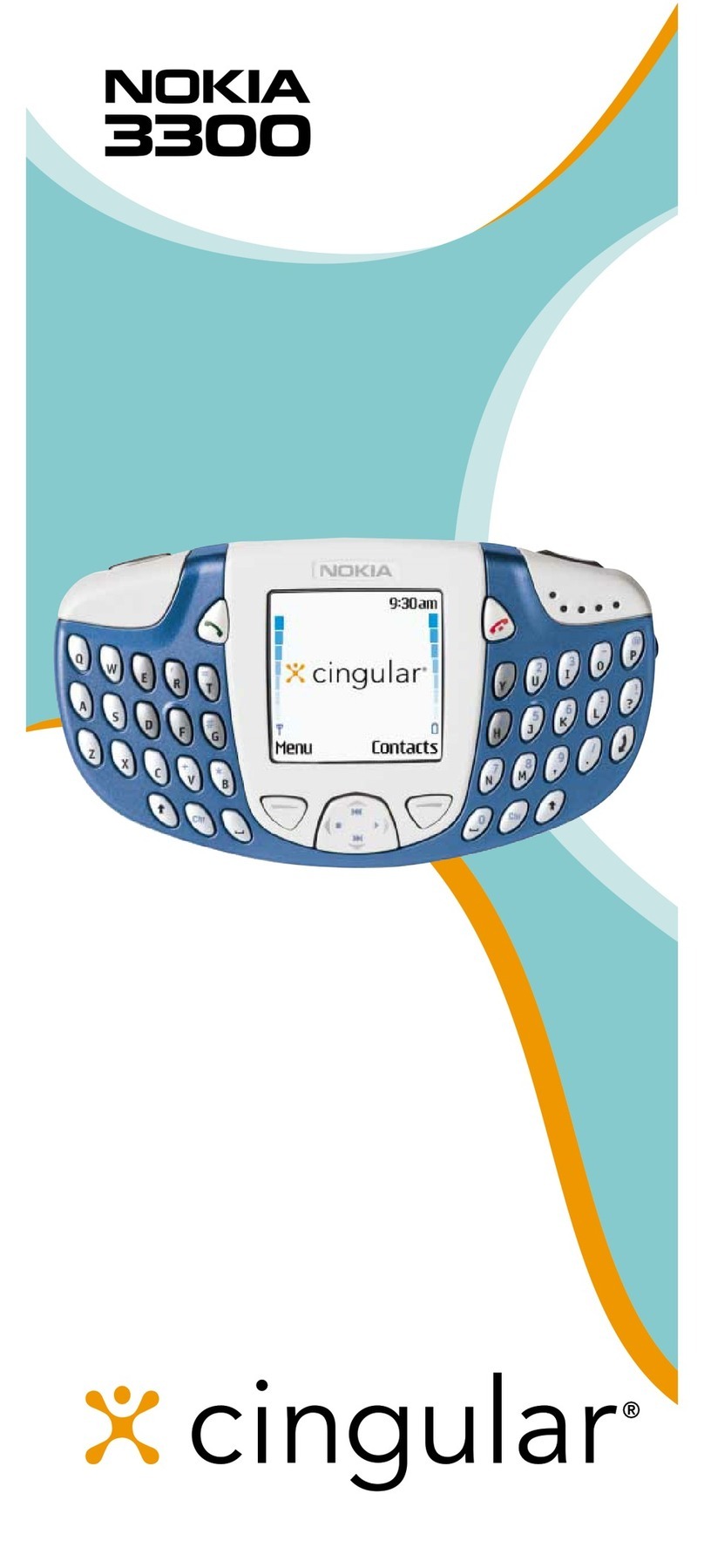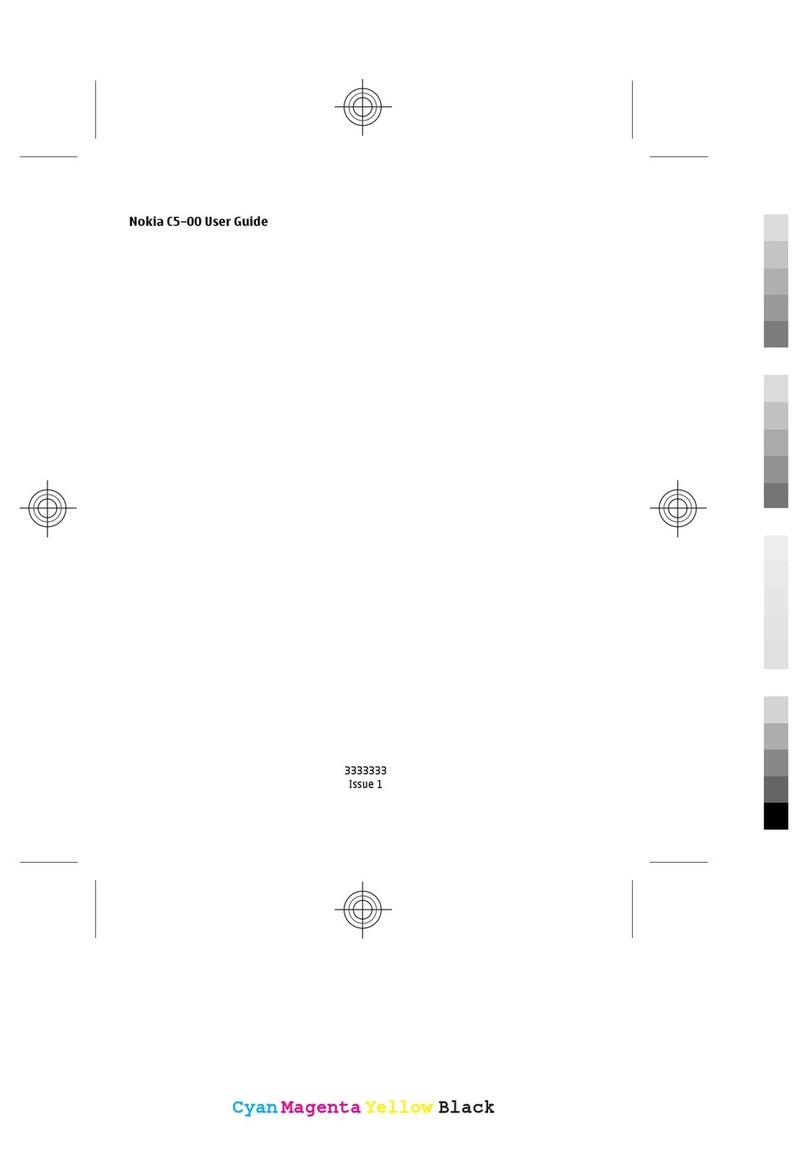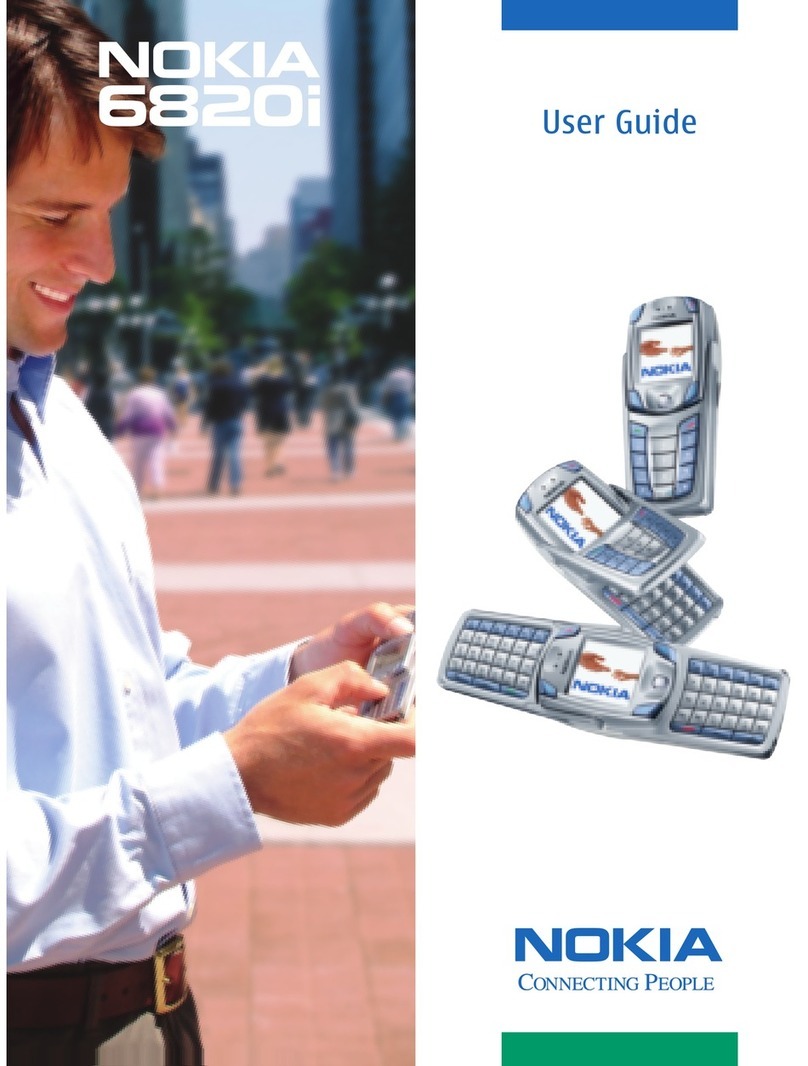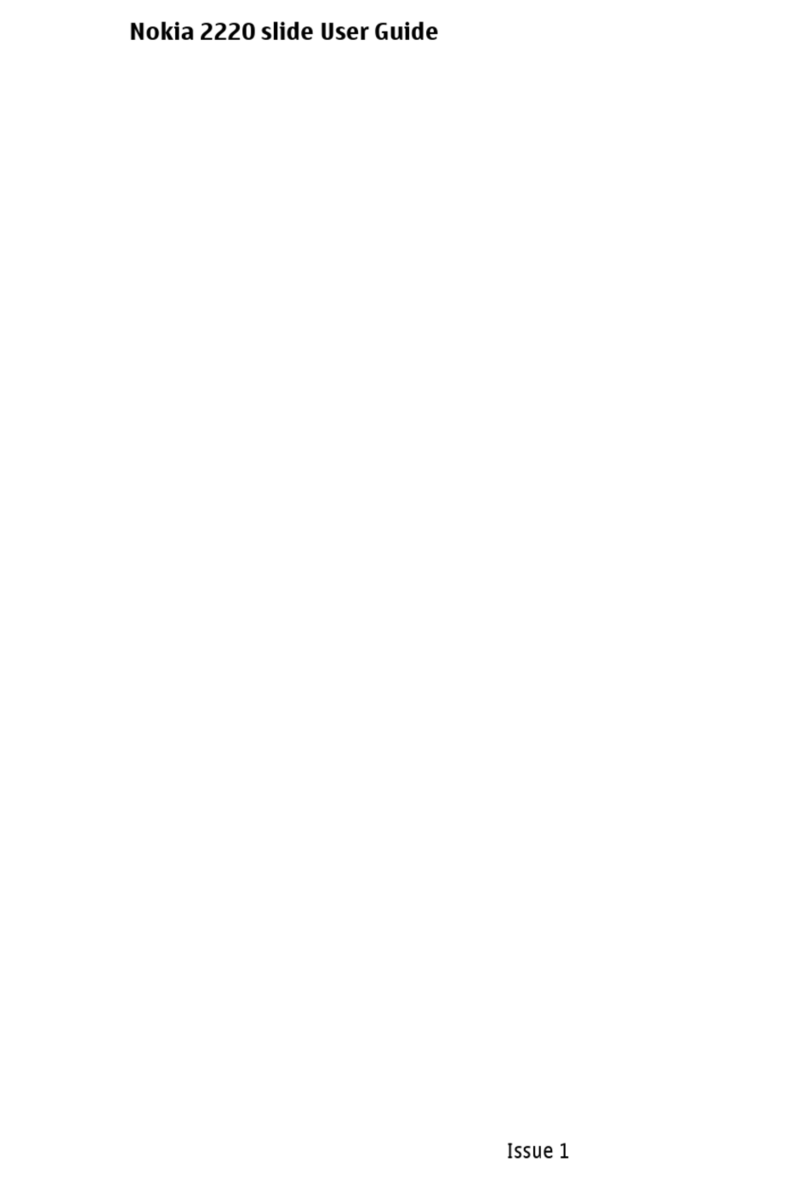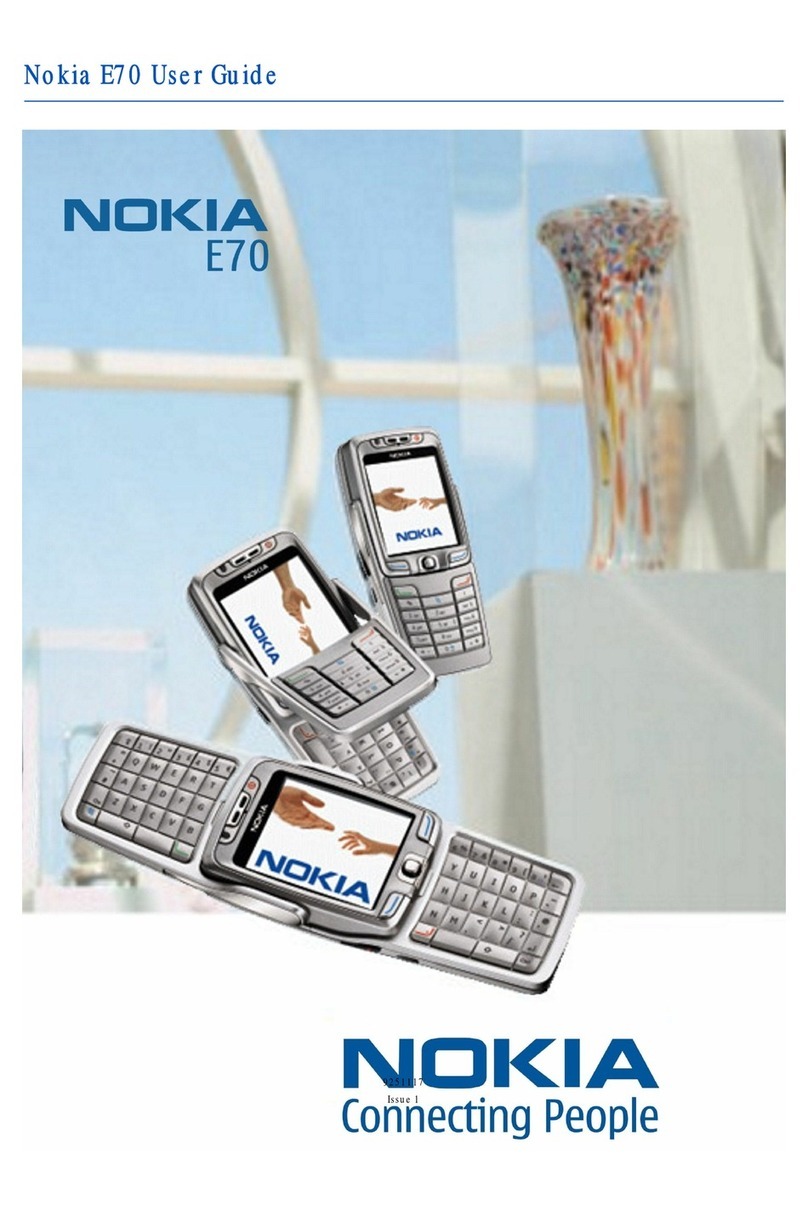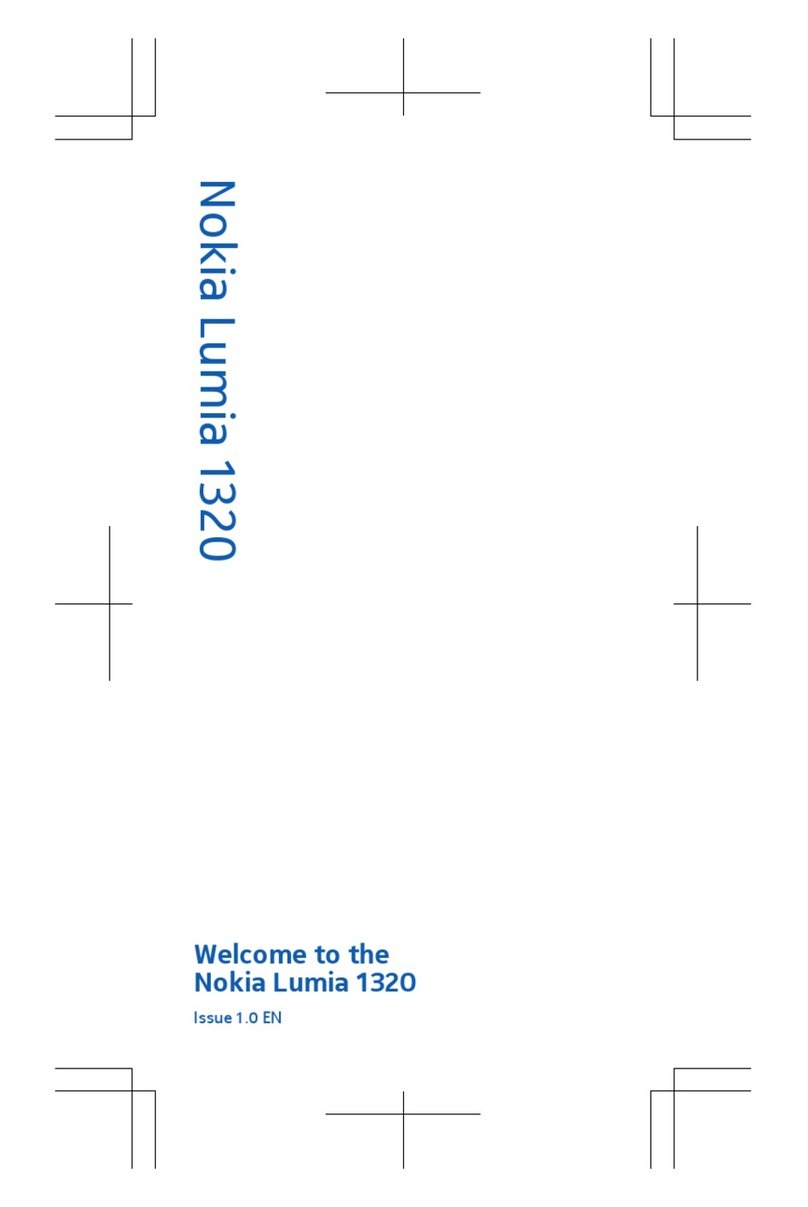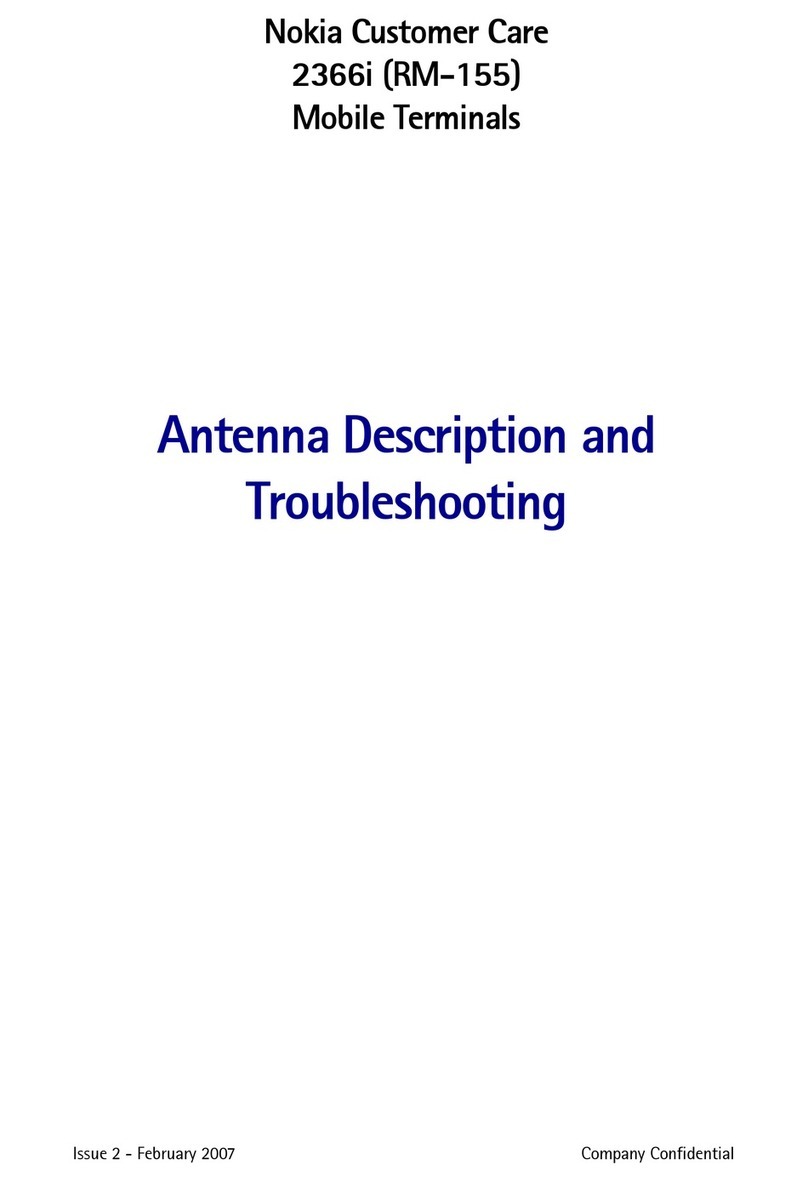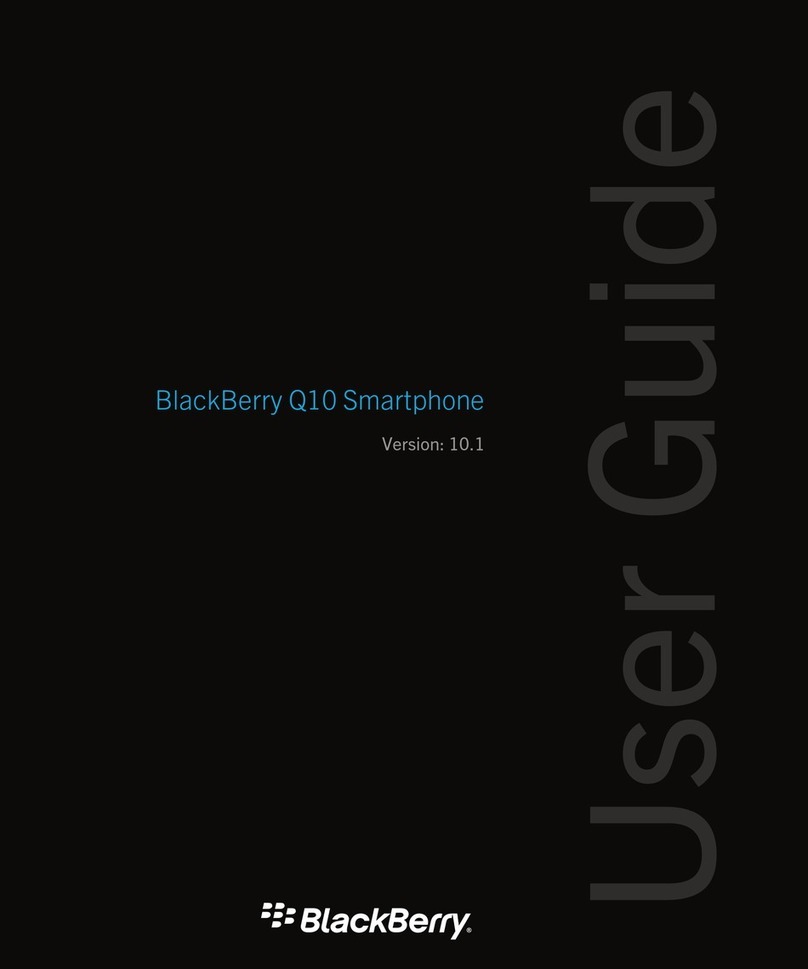
Adding an image to a contact .......... 38
Editing or deleting details in the
contacts................................................... 38
Deleting contacts.................................. 39
Presence-enhanced contacts - My
presence................................................... 39
Presence-enhanced contacts -
Subscribed names................................. 40
Copying contacts .................................. 41
Settings for contacts ........................... 41
Sending and receiving
a business card ...................................... 42
Voice dialing........................................... 42
Other functions in the Contacts....... 43
Call register ....................................... 43
Recent calls lists ................................... 44
Call counters and call timers............. 44
Message counter................................... 44
Positioning.............................................. 45
Settings............................................... 45
Profiles ..................................................... 45
Themes..................................................... 45
Tone settings .......................................... 46
Main display settings ......................... 46
Mini display settings............................ 46
Time and date settings........................ 47
Personal shortcuts ................................ 47
Connectivity ........................................... 47
Call settings............................................ 50
Phone settings ....................................... 51
Enhancement settings......................... 52
Configuration settings......................... 52
Security settings ................................... 53
Restore factory settings...................... 54
Gallery................................................. 54
Media .................................................. 55
Camera..................................................... 55
Media player........................................... 56
Radio......................................................... 56
Voice recorder........................................ 57
Push to talk........................................ 58
Opening the push to talk menu........ 59
Connecting to and disconnecting
from the push to talk service ............ 59
Callback requests .................................. 59
Making and receiving a push
to talk call............................................... 60
Adding one-to-one contact............... 62
Creating and setting up groups........ 62
Settings for push to talk..................... 63
Organiser............................................. 64
Alarm clock............................................. 64
Calendar................................................... 65
To-do list ................................................. 66
Notes ........................................................ 66
Synchronisation..................................... 67
Wallet....................................................... 68
Calculator................................................ 70
Stopwatch............................................... 70
Countdown timer.................................. 71
Applications ....................................... 71
Games....................................................... 71
Collection ................................................ 72
Web ...................................................... 73
Basic steps for accessing and using
services..................................................... 73
Setting up browsing............................. 74
Connecting to a service ...................... 74
Browsing the pages.............................. 74
Quit browsing ........................................ 75
Appearance settings of the browser 75
Bookmarks............................................... 76
Downloading .......................................... 76
Service inbox.......................................... 77
The cache memory................................ 77
Cookies..................................................... 78
Scripts over secure connection......... 78
Browser security.................................... 78
SIM services ....................................... 80
iv Copyright © 2004 Nokia. All rights reserved.

